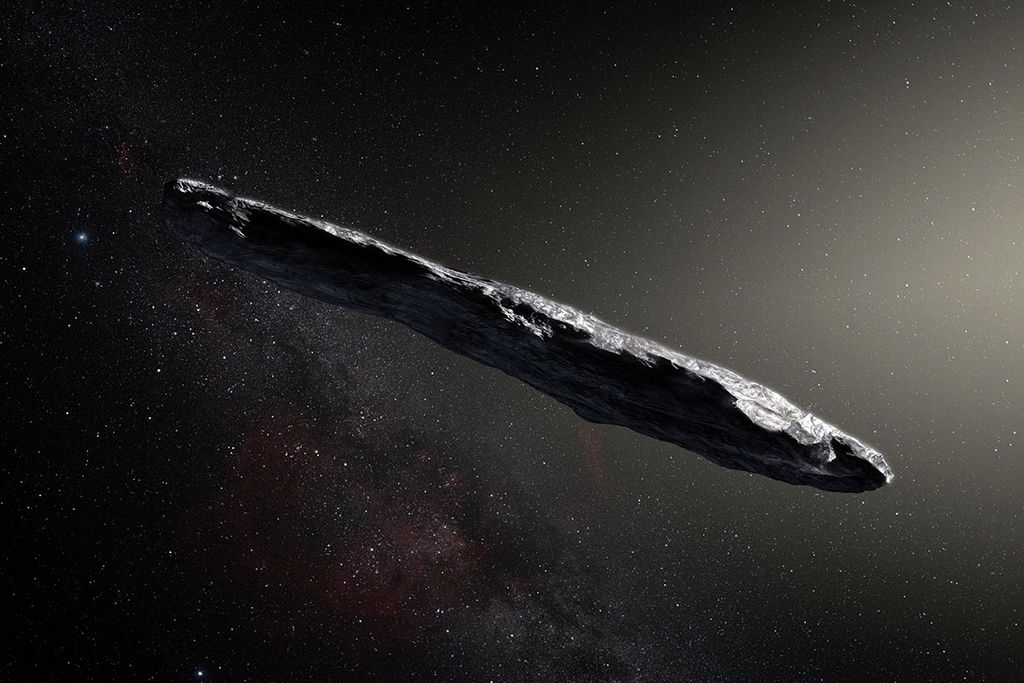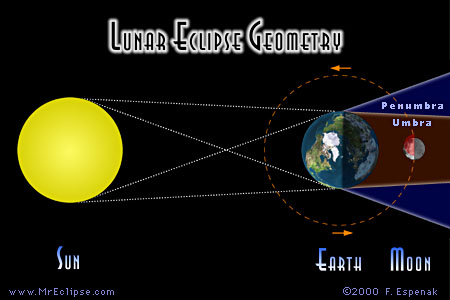NASA astronomers made leaps and bounds in 2018 seeing new things in the universe with TESS. The findings continued with Hubble Space Telescope at the end of the year, when an interstellar comet was spotted. Interstellar Comet 2I/Borisov moved past the sun and Hubble found it! Before we dive in, let’s review what a comet is, and what an interstellar comet is...
A “comet” is really straight-forward. Comets are bunches of frozen gas, rocks, and dust that orbit the sun. And they have a tail. The tails are LONG, like, millions of miles long. NASA cites that 3,600 comets are currently known, but they also recognize that there are likely billions that orbit the sun.
But what makes it “interstellar?” An interstellar object is one that is IN space, but is not gravitationally bound to a star. It’s basically on its own. There haven’t been many interstellar objects to pass through the solar system - only 2 to be exact. "'Oumuamua” screamed through the solar system in 2017 as the first ever interstellar object, and according to Space, scientists don’t even know where it came from or what it really was.
 'Oumuamua is a relatively flat, cigar-shaped interstellar object. Astonomers aren't exactly sure where it came from, or really even what it is.
Credits: © K. Meech et al./ESO
'Oumuamua is a relatively flat, cigar-shaped interstellar object. Astonomers aren't exactly sure where it came from, or really even what it is.
Credits: © K. Meech et al./ESOComet 2I/Borisov was found in late 2019 as only the second interstellar object:
 Comet 2I/Borisov is only the second interstellar object known to have passed through the solar system. These two images, taken by NASA's Hubble Space Telescope, capture the comet appearing near a background galaxy (left) and soon after its closest approach to the Sun (right).
Credits: NASA, ESA and D. Jewitt (UCLA)
Comet 2I/Borisov is only the second interstellar object known to have passed through the solar system. These two images, taken by NASA's Hubble Space Telescope, capture the comet appearing near a background galaxy (left) and soon after its closest approach to the Sun (right).
Credits: NASA, ESA and D. Jewitt (UCLA)Six eclipses occur in 2020, and according to Sky & Telescope, seven eclipses can occur in one year. 2 out of the 6 in 2020 are lunar eclipses, and that train gets chugging toward the middle part of January. North America doesn’t get in on this one, as it will be best seen in Europe, East Africa & Asia. North America gets in on the act in July and November. Stay Tuned!
This January eclipse is a “Prenumbral” lunar eclipse, meaning the moon won’t be shadowed by the darkest part of Earth’s shadow. The “prenumbra” is the lighter portion of Earth’s shadow, and the “umbra” is the darkest part.
 In a lunar eclipse, Earth’s shadow falls on the moon. If the moon passes through the dark central shadow of Earth – the umbra – a partial or total lunar eclipse takes place. If the moon only passes through the outer part of the shadow (the penumbra), a subtle penumbral eclipse occurs. Diagram via Fred Espenak’s Lunar Eclipses for Beginners.
In a lunar eclipse, Earth’s shadow falls on the moon. If the moon passes through the dark central shadow of Earth – the umbra – a partial or total lunar eclipse takes place. If the moon only passes through the outer part of the shadow (the penumbra), a subtle penumbral eclipse occurs. Diagram via Fred Espenak’s Lunar Eclipses for Beginners.© 2020 Cox Media Group
:quality(70)/arc-anglerfish-arc2-prod-cmg.s3.amazonaws.com/public/3BL75XLBIRCHXBPA2ZKBOXNHJI.jpg)

:quality(70)/d1hfln2sfez66z.cloudfront.net/04-23-2024/t_8846f6a1613746e2863363cea1df0c34_name_file_960x540_1200_v3_1_.jpg)
:quality(70)/cloudfront-us-east-1.images.arcpublishing.com/cmg/UPSNZVHYKZE2VDSCN54C3FTF5E.png)
:quality(70)/cloudfront-us-east-1.images.arcpublishing.com/cmg/5BGF6ZRBF5BH3JEEOYZ2JOLJAA.png)
:quality(70)/d1hfln2sfez66z.cloudfront.net/04-23-2024/t_425e9fb4ade44306995520b987051bbf_name_file_960x540_1200_v3_1_.jpg)
:quality(70)/d1hfln2sfez66z.cloudfront.net/04-24-2024/t_d73855398dca4bf5a6e1eca4fedb0fdd_name_file_960x540_1200_v3_1_.jpg)